 "ttyymmnn" (ttyymmnn)
"ttyymmnn" (ttyymmnn)
08/28/2020 at 09:05 ē Filed to: good morning oppo, wingspan
 6
6
 21
21
 "ttyymmnn" (ttyymmnn)
"ttyymmnn" (ttyymmnn)
08/28/2020 at 09:05 ē Filed to: good morning oppo, wingspan |  6 6
|  21 21 |
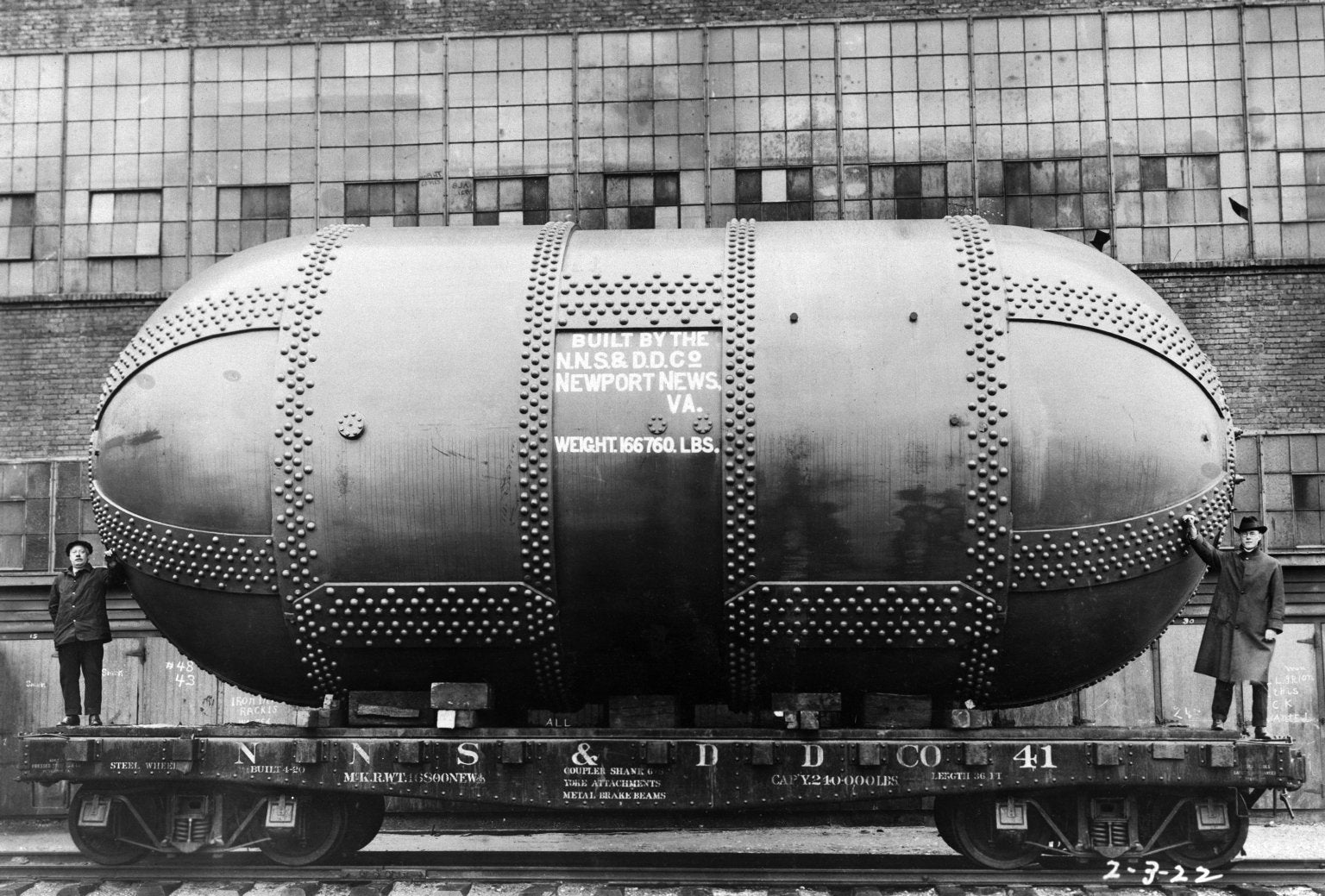
Built by the Newport News Ship Building and Dry Dock Company. They probably know a thing or two about building large tanks.
Good Morning, Oppo, and happy Friday.
No, this is not a giant container of beer being brought to you on a flatbed rail car, though it might be nice, since itís Friday of a week that feels like it was about nine days long. Itís actually the Variable Density Tunnel, or VDT.
Researchers had been using wind tunnels to test scale models of aircraft for years. In fact, the whole idea of a wind tunnel dates back to Leonardo da Vinci (he was a pretty smart dude). However, those tunnels could only produce results in the ambient air pressure where the test was taking place. The VDT, installed at the Langley Memorial Laboratory in 1922, was a quantum leap forward in the development of aircraft because it allowed for the density of the air inside to be altered to more accurately predict how air would flow over an object in real life and at different altitudes.
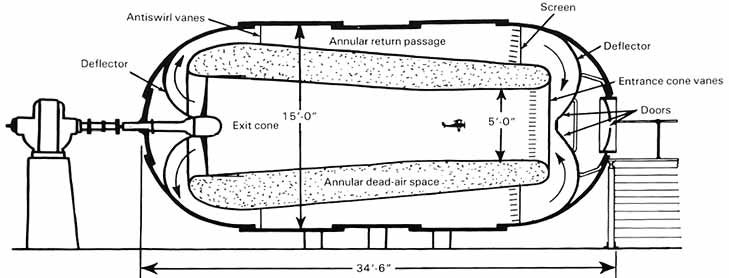
Now, this gets into all sorts of things like viscosity and density and Reynolds numbers, things that I donít even pretend to understand. Iíll put some links below if you want to learn more. Ultimately, the VDT catapulted the National Advisory Committee for Aeronautics (NACA, predecessor to NASA) to the forefront of pre-WWII aviation research.
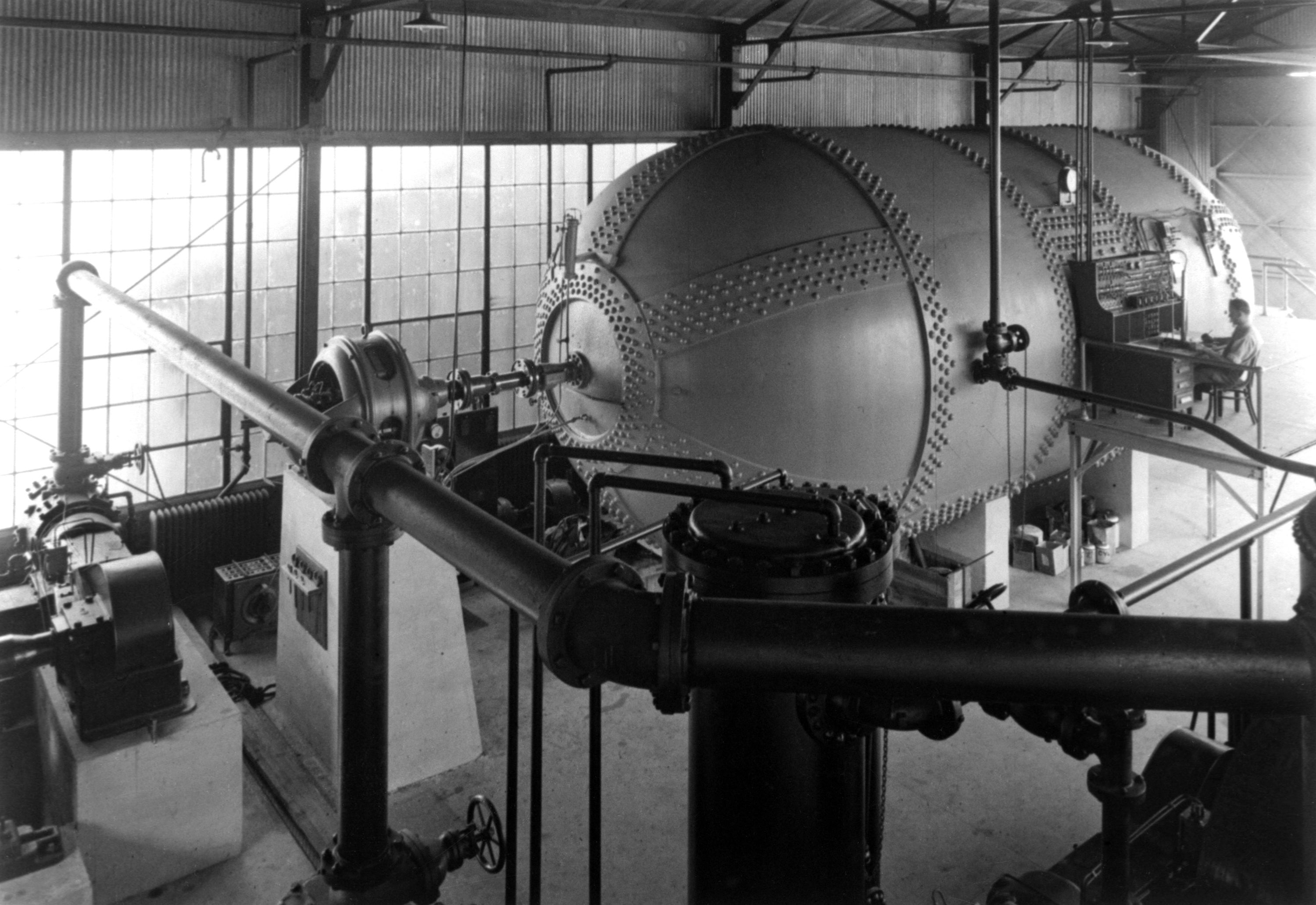
Would you like to know more?
!!!error: Indecipherable SUB-paragraph formatting!!!
!!!error: Indecipherable SUB-paragraph formatting!!!
!!!error: Indecipherable SUB-paragraph formatting!!!
!!!error: Indecipherable SUB-paragraph formatting!!!
 Smallbear wants a modern Syclone, local Maple Leafs spammer
> ttyymmnn
Smallbear wants a modern Syclone, local Maple Leafs spammer
> ttyymmnn
08/28/2020 at 09:19 |
|
I wouldnít pretend to have any understanding of the how, what or why of Reynolds #ís, but if you file all that under ďJFMĒ, long story short for accurate results the Reynolds Number of a model has to match that of the full size aircraft.
That could involve ( among many other methods I have no knowledge of, no doubt) massive tunnels to accommodate full size or near full size models, incredibly high speed tunnels, or in this case, running the tests under pressure or vacuum. Or, alternately, running them in a more or less dense gas instead of air.
Total oversimplification, but fascinating shit. If Iím too far off on this would someone please fill me in... be glad to learn more
 For Sweden
> ttyymmnn
For Sweden
> ttyymmnn
08/28/2020 at 09:19 |
|
So itís a pill that makes you feel high without you actually being high
 bob and john
> ttyymmnn
bob and john
> ttyymmnn
08/28/2020 at 09:25 |
|
ďreynolds numberĒ
There is a name I havent heard in a long time....
*hisses* BE GONE FOUL CREATURE!†
 ttyymmnn
> Smallbear wants a modern Syclone, local Maple Leafs spammer
ttyymmnn
> Smallbear wants a modern Syclone, local Maple Leafs spammer
08/28/2020 at 09:26 |
|
Langley has a full size wind tunnel. Itís big.
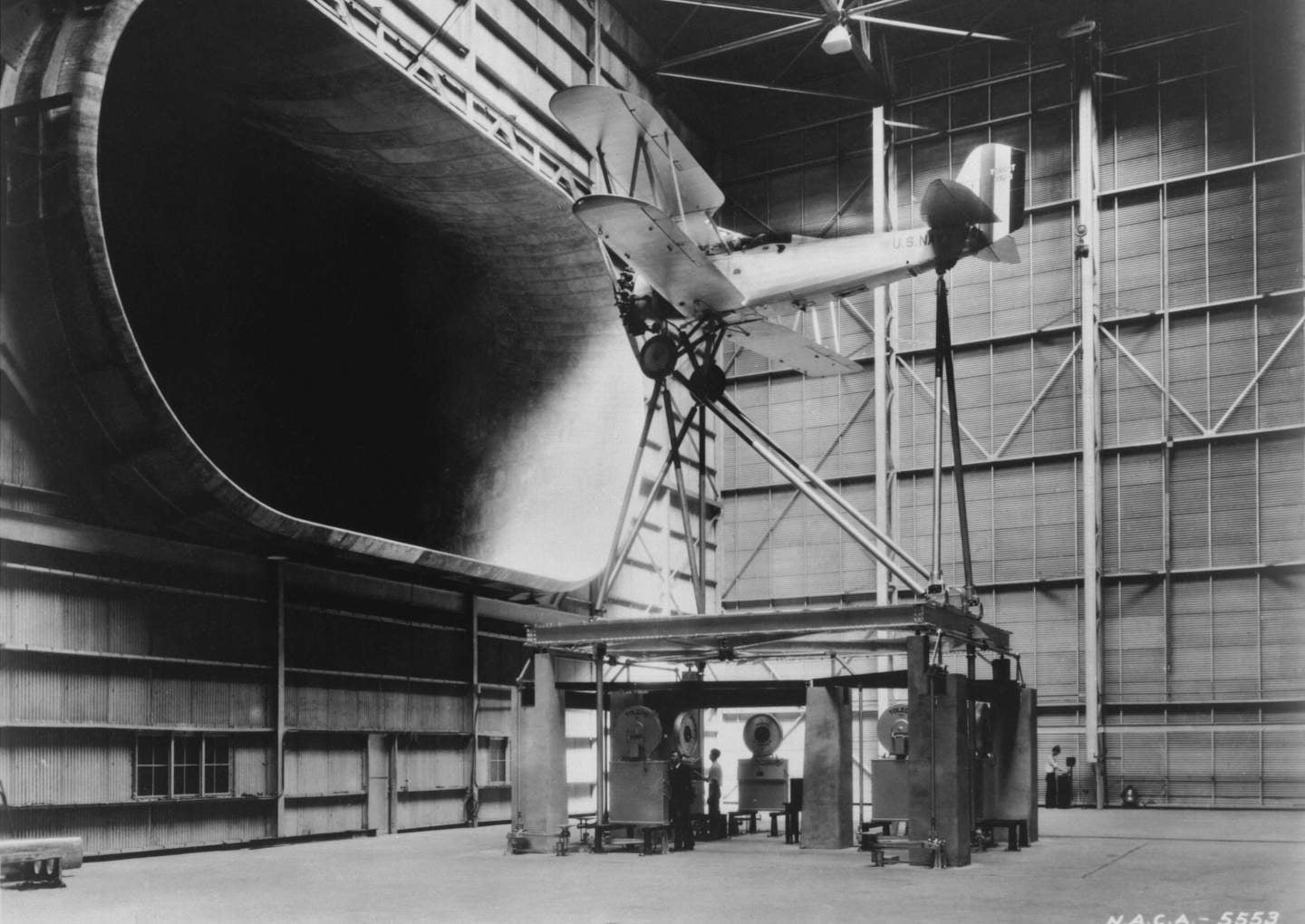
 Smallbear wants a modern Syclone, local Maple Leafs spammer
> ttyymmnn
Smallbear wants a modern Syclone, local Maple Leafs spammer
> ttyymmnn
08/28/2020 at 09:31 |
|
Not anymore apparently. Looks like it was demoíd in 2010. Unfortunately.
As far as size goes... you ainít kidding:
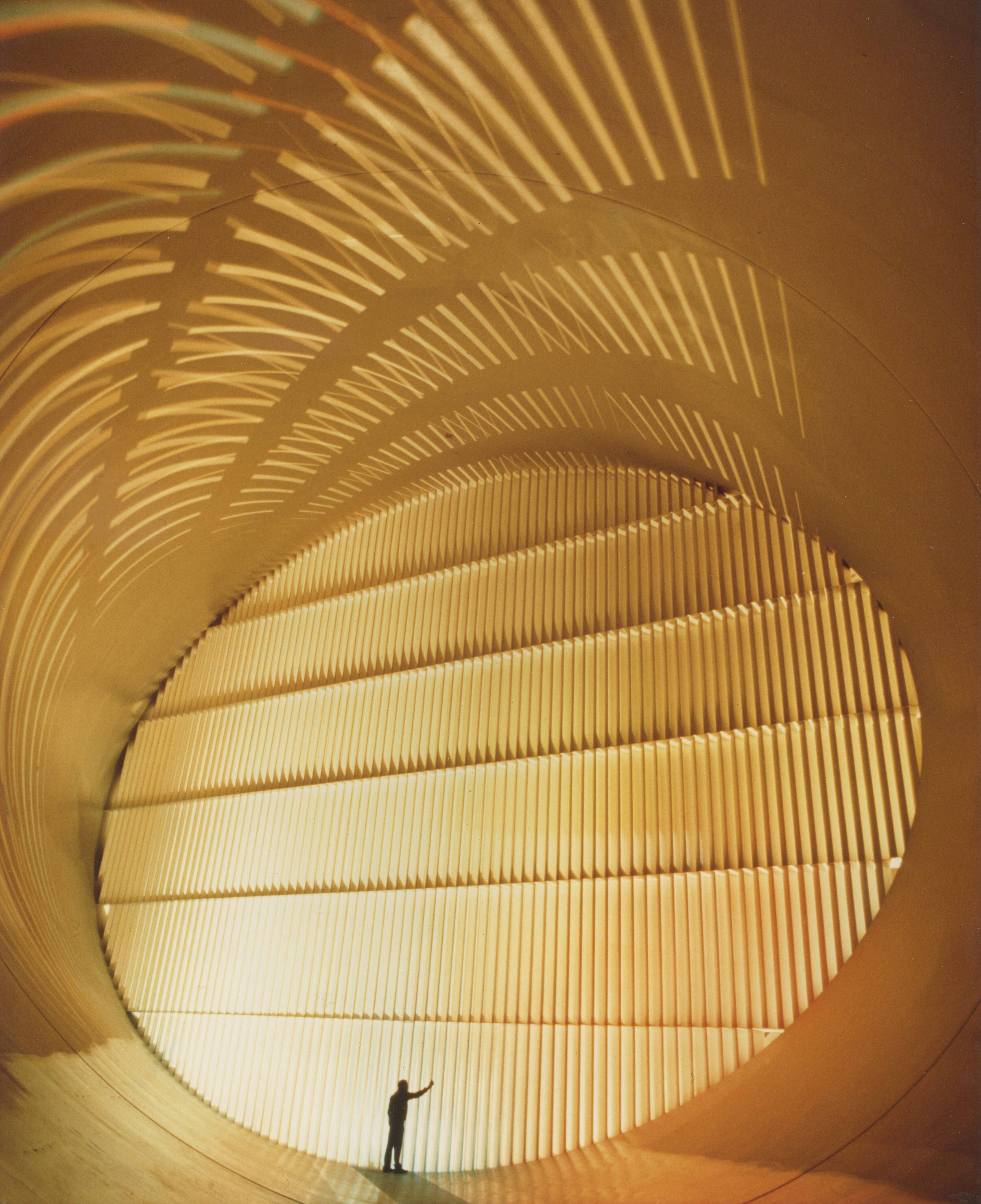
Turning vanes in said tunnel. I love this photo
 ttyymmnn
> Smallbear wants a modern Syclone, local Maple Leafs spammer
ttyymmnn
> Smallbear wants a modern Syclone, local Maple Leafs spammer
08/28/2020 at 09:37 |
|
That is a fantastic photo.
I guess itís all computers now. There is/was an Oppo who worked at that tunnel at one time.
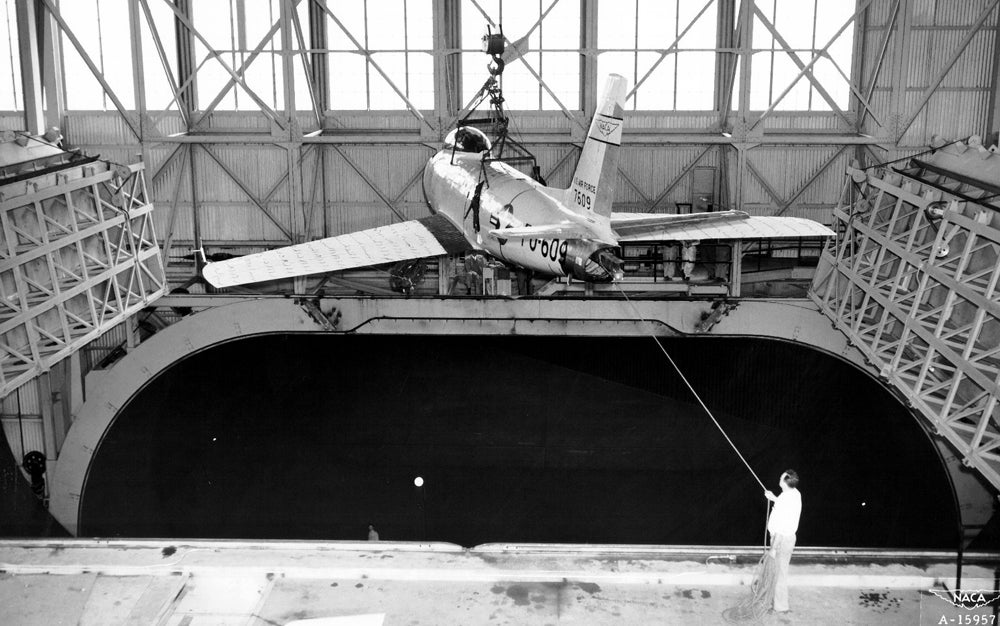
 ttyymmnn
> Smallbear wants a modern Syclone, local Maple Leafs spammer
ttyymmnn
> Smallbear wants a modern Syclone, local Maple Leafs spammer
08/28/2020 at 09:38 |
|
This guy:
https://oppositelock.kinja.com/1790996609
 Michael
> bob and john
Michael
> bob and john
08/28/2020 at 09:49 |
|
Same here.† I care not for your turbulent, laminar or undeveloped flow!
 user314
> ttyymmnn
user314
> ttyymmnn
08/28/2020 at 09:56 |
|
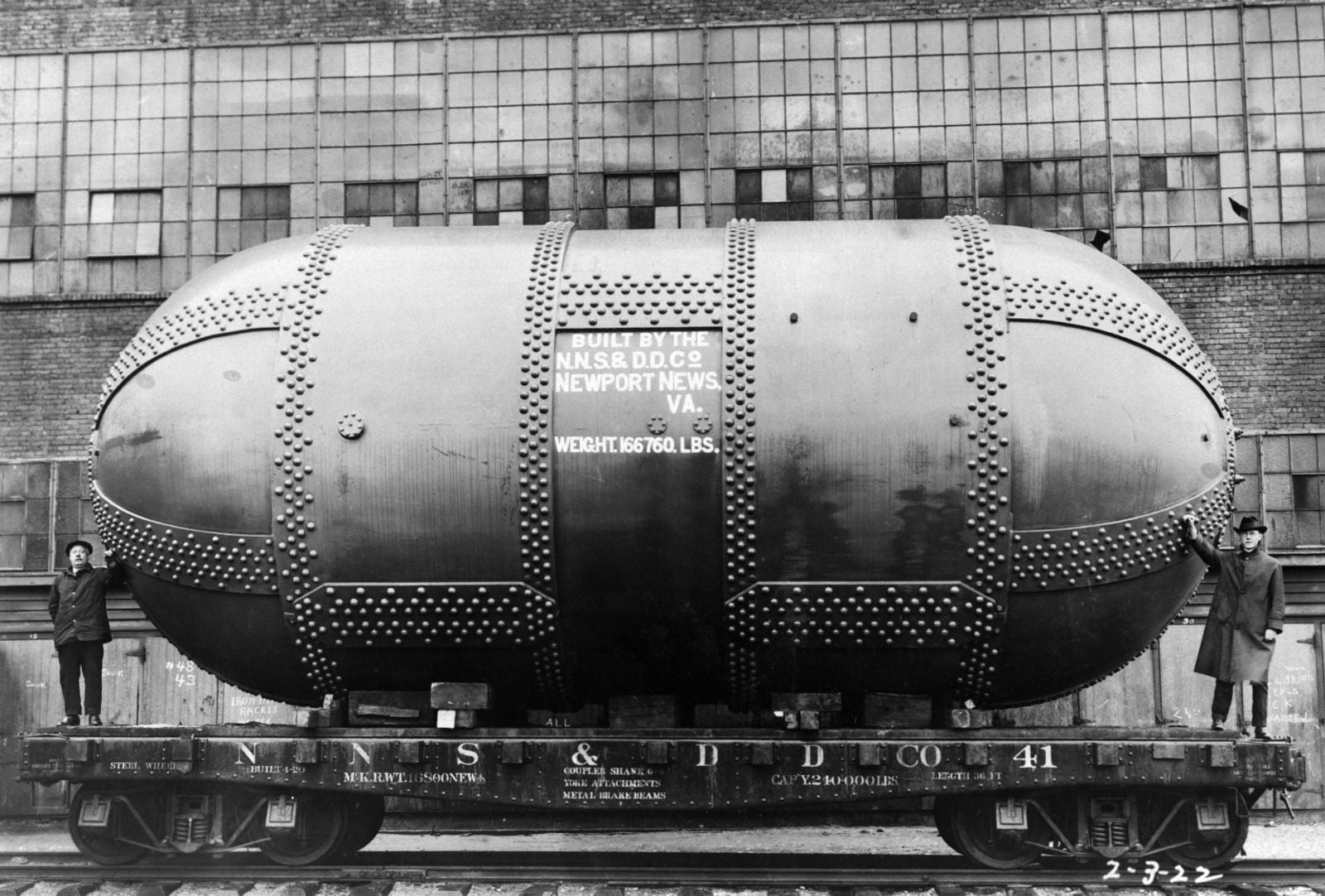
ď GOOD NEWS: weíve developed a cure for COVID! Bad news : it can only be delivered by †suppository...Ē
 RamblinRover Luxury-Yacht
> ttyymmnn
RamblinRover Luxury-Yacht
> ttyymmnn
08/28/2020 at 10:12 |
|
This is one of the reasons I keep telling you to go to Brooklands if you ever go to England:
https://www.brooklandsmuseum.com/explore/our-history/buildings-and-landmarks/stratosphere-chamber
 PyroHoltz f@h Oppo 261120
> ttyymmnn
PyroHoltz f@h Oppo 261120
> ttyymmnn
08/28/2020 at 10:33 |
|

 RamblinRover Luxury-Yacht
> Smallbear wants a modern Syclone, local Maple Leafs spammer
RamblinRover Luxury-Yacht
> Smallbear wants a modern Syclone, local Maple Leafs spammer
08/28/2020 at 10:43 |
|
Copying from Pikiwedia here for the Reynolds number for a pipe:

The flow in a pipe with respect to its transition from laminar flow to turbulent flow (and with concurrent effects on drag) varies proportionally to density, mean velocity, hydraulic diameter of the pipe, inversely with respect to viscosity, area, etc.
On more complicated shapes than pipes, the diameter number and area number correlate to other numbers - I think flowing over an airfoil, it would be length and cross-sectional area, but itís been too long.
The bottom line being, that if your cross-sectional area on the model and length have reduced by a certain proportion, you can get back to the same reynolds number by playing with the other variables and still have a valid result. A pipe of half the size and twice the mean velocity has the same Reynolds number, as it would at half the size and half the viscosity.
...itís been a long time since I was really familiar with all this.
 ttyymmnn
> user314
ttyymmnn
> user314
08/28/2020 at 11:13 |
|
It's a Godzilla suppository.
 ttyymmnn
> RamblinRover Luxury-Yacht
ttyymmnn
> RamblinRover Luxury-Yacht
08/28/2020 at 11:14 |
|
I would love to go to England, or Europe in general. Wonít be any time soon, though.†
 ttyymmnn
> RamblinRover Luxury-Yacht
ttyymmnn
> RamblinRover Luxury-Yacht
08/28/2020 at 11:15 |
|

 just-a-scratch
> ttyymmnn
just-a-scratch
> ttyymmnn
08/28/2020 at 15:39 |
|
I donít know if use of such variable pressure wind tunnels is in common use anymore. There are a lot of applicactions where concepts of similitude across a range of non-dimensional factors (e.g. Reynolds number) are set up to be equal in the test condition and real life condition. Itís related to the Buckingham pi theorem.
Related use of the concept, w e are going through analysis of a 1/6 linear scale physical model of a sewage system at work recently. It can be weir d to interpret results because the time scale is something else, and forces scale by another different value. However, the similtude of greates interest there is with the Froude number. It relates intertial effects and gravitational effects a bit like how the Reynolds nubmer relates fluid inertia(velocity) to viscosity.
 ttyymmnn
> just-a-scratch
ttyymmnn
> just-a-scratch
08/28/2020 at 16:29 |
|

 just-a-scratch
> ttyymmnn
just-a-scratch
> ttyymmnn
08/28/2020 at 17:52 |
|
Itís a lot of that.

The point was, there are ways to get decent results in a lot of tests without sealing the whole aparatus inside a container to hold a particular pressure. Testing can be done at one pressure, or density, or viscosity of fluid and related to a different condition, if you are sufficiently clever. Most of us are not, me included. I need a lot of help to make stuff like that work.
 Spoon II
> ttyymmnn
Spoon II
> ttyymmnn
08/28/2020 at 19:08 |
|
Starship Troopers reference or happy accident at the end?
 ttyymmnn
> Spoon II
ttyymmnn
> Spoon II
08/28/2020 at 19:13 |
|
Oh, itís a ST reference. I even looked it up to get the correct wordin g.
 Spoon II
> ttyymmnn
Spoon II
> ttyymmnn
08/30/2020 at 20:38 |
|
I like it!